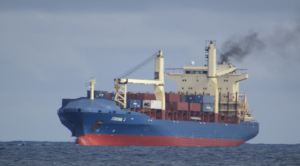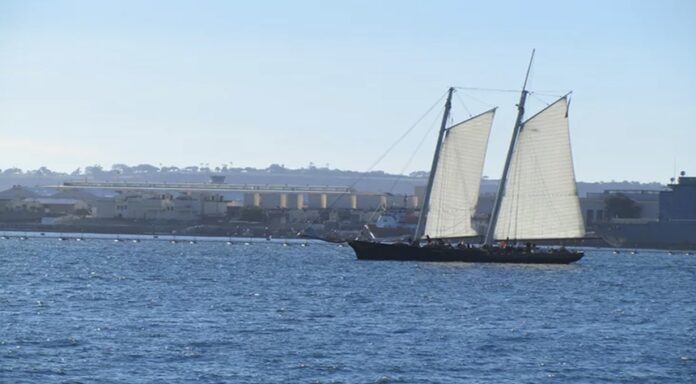It looks like a re-use of pre-20th century tech, but in reality, it is a new “green” concept that may have some value. What is the new technology? A new sail. Sort of. As always, there is a catch.
Kitesurfers use the power of the wind to propel them across the ocean. Imagine a 1,000 square-meter kite flying 300 meters over the ocean, towing a surfer. But instead, the kite is propelling a huge cargo ship.
Seawing is a technology developed by Airseas in France. It claims to be able to reduce fuel consumption and carbon emissions on cargo ships by up to 20%.

Let’s forget about carbon emissions and focus on shipping costs. This would reduce carbon emissions by 20%, which in turn, should reduce shipping costs. Once you reach the break-even point, international shipping will be significantly cheaper.
According to the International Maritime Organization, shipping accounts for approximately 3% of the global greenhouse gas emission. This is why it’s urgently necessary for changes, says Airseas CEO and co-founder Vincent Bernatets.
Bernatets says that alternative fuels such as green ammonia are being developed, but are very expensive. It will take decades for the infrastructure to be in place before it can be used on a large scale. He asks, “What can we do in the interim?” “That is where wind power is paramount.”
The Seawing is a modern take on a boat that has been powered by the wind for centuries. The kite, which looks like a parafoil and works similarly to a kitesurfer, is launched by a foldable pole. This mast is also used for retrieving the kite when not in use.

The kite’s flight is controlled via autopilot software, which runs from a box located beneath it. This box is connected to the ship through a 700-meter cable.
This is not a joke. You’ll be surprised.
The installation costs and the amount of fuel savings will determine the break-even points. Here’s the thing. If it works as well as its developers claim, then no government regulation or intervention will be needed to ensure that the unit is used. The market will decide if the technology is worth it. If it saves shipping companies enough fuel to pay for installation and setup and still generates savings, it will be adopted. Shipping companies won’t adopt it to reduce carbon dioxide emissions, but rather to increase profits. They will (hopefully!) pass on some of those savings to consumers. This is how it should be. This is where Seawing goes off the rails.

Many “green” technologies are based on a common misconception. If electric cars were feasible economically, the government would not have to subsidize them. The same goes for solar panels and wind turbines. This is where Mr. Bernatets’ narrative goes wrong:
Bernatets concurs that the rising cost of fuel is a good incentive for shipowners to install Seawing. He wouldn’t disclose the cost to install the technology but said that it would take a ship owner two to five years to recover the costs in fuel savings. He says that the savings will be more noticeable as ships switch to green fuels. These fuels are more expensive and require more space because they are less dense.
The other way around is: “We’re going to introduce new technology that has the potential to reduce fuel costs significantly, but then negate this gain by forcing shippers to use fuels with less energy density, less efficiency, and more expensive.”
Green technology always falls on this rock.




